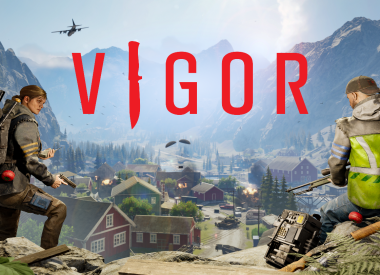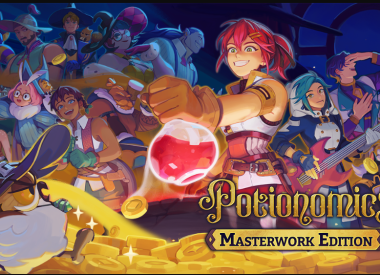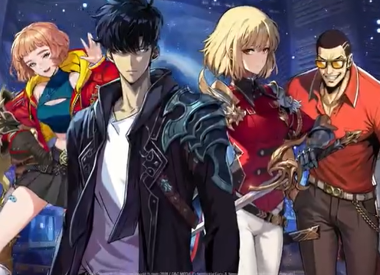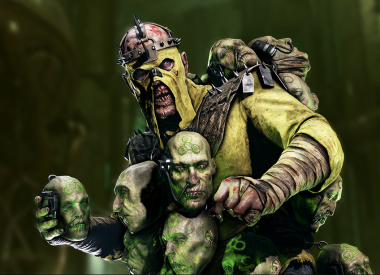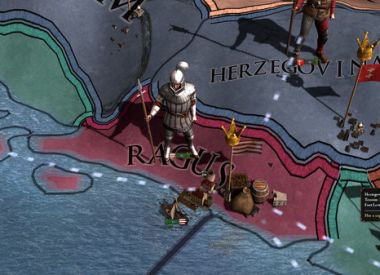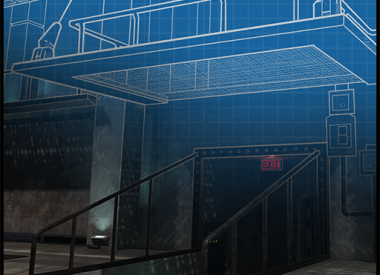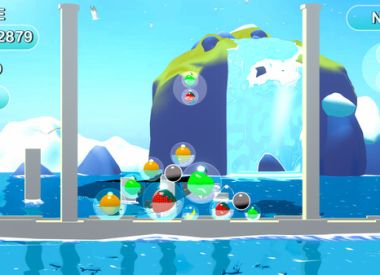I didn’t really know what I was getting myself into when I sat down with NieR: Automata and a few hours with the game made it profusely clear that knowing would’ve been nearly impossible. But NieR not only rose to expectations, it jumped at every opportunity to surpass. It’s too early to really know what games will/won’t be in the 2017 Game of the Year discussion by the time we reach December. But if NieR: Automata doesn’t at least make most people’s Top 10 list, then 2017 just might go down as the industry’s best year on record.
NieR: Automata falls somewhere in between true sequel and spiritual successor to Nier; a cult-classic that I, like the vast majority of the gaming populace, missed when it hit PS3 and Xbox 360 in 2010. But those who did play Nier loved it publicly and passionately enough for Sony to announce a follow-up during the Great Remaster Rush Of ‘15. And we’re all better off for it. If there’s any justice in the world, NieR: Automata will permanently transform action RPGs in a way we haven’t seen since Dark Souls’ 2011 debut.
The game is set thousands of years after Nier Ending D, during the 14th Machine War; the latest in a series of conflicts between the androids who fight for mankind -- all of whom remain in exile on the moon -- and the robotic armies that now roam the planet’s surface. Destitute buildings, abandoned factories and broken highways are the only significant remains of human civilization. The first words spoken by YoRHa No. 2 Model B (2B), the game’s protagonist, are a lamentation that she can’t kill God for leaving Earth in such bad shape. Shit is bleak. And someone(s) on the writing team definitely set their internal anime levels to 100 percent before every shift.
Platinum does an excellent job of preventing the story from drifting out of reach or becoming indecipherable. I rarely felt lost, in conversation or navigating the world, but I can’t necessarily say the same for some of the game’s stranger plot points. NieR: Automata explores some weird territory. There are miracle births (so to speak), more creepy robots than I could count, ruminations on whether computers have feelings and the lightning fast hand-to-hand combat present in so many Japanese action games. By the time you get to your first run of the credits, assuming you didn’t find one of the comedic endings sprinkled throughout the campaign, you’ll be as familiar with NieR: Automata ’s world as you would the setting of a single-season anime.
And the story just keeps going.
Most players will finish NieR: Automata in 10-15 hours. Completionists could easily wring out another five to 10. But Platinum is the rare studio to provide real incentive, not just another New Game+ mode, for a second (and a third, etc) playthrough. What’s most impressive is that each journey through NieR: Automata yields an abundance of content withheld from the tens of hours you’ve already spent playing; from new mechanics and cutscenes to improved pod chips and expanded information on vague moments from the story. By the time you’ve seen all of the game’s endings, few could honestly claim they don’t believe they’ve gotten their money’s worth.
You’re not just running through the same moments a second time, hoping to make the right decision during an important conversation or grab a set of items with late-game implications. NieR: Automata rewards persistent players with a series of brand new experiences. They may get shorter as your run count increases but each iteration of the story is just as enjoyable as its predecessor. And the ways Platinum manages to weave each story thread together, using early opacity to bolster key moments, is truly impressive. Players looking for a few hours of entertainment still get an entire story from the first completion and anyone looking to stretch NieR: Automata further has incentive to finish the game multiple times. And all of that comes from a title that effectively incorporates multiple genres (twin-stick shooters, scrolling shooters and traditional action RPG combat) into the base game.
Truth is, NieR: Automata is the rare game that I feel like I have to stretch to criticize. The game isn’t perfect but it does hide its shortcomings better than most new releases. Platinum doesn’t do much to encourage diverse tactics, with a handful of exceptions, nor do players have much incentive to replace or upgrade their weapons. The current balance also skews heavily in favor of ranged attacks. From a loot standpoint, Pod Chips, items used to customize your floating sidekick, are such valuable additions to 2B’s arsenal they eventually make most of the game’s restorative items obsolete. Case in point, I beat the last encounter of my first NieR: Automata playthrough without using healing items because my regenerative chips were so effective. Pods can be customized for a variety of purposes, from improved offensive/defensive capabilities to new HUD elements, and proper management transforms 2B into a one-woman wrecking crew.
Platinum’s sexualization of 2B is also likely to draw criticism from some corners of the NieR: Automata community. There’s never an explanation for 2B’s malfunction-prone wardrobe, nor any attempt to justify it, and the natures of the game and its protagonist both limit the studio’s ability to fall back on “reclaimed sexuality” as an excuse. Including a trophy/achievement that rewards players for using the camera to look at 2B’s butt also feels pretty gross. That said, most of the usual suspects, like leary camera pans and absurd bikini armor, are mostly absent from NieR . The studio also threw in some male eye candy to balance the scales.
There are so many things to compliment NieR: Automata for that dwelling on the negatives just feels kind of petty. I love how Platinum plays with the cybernetic nature of NieR’s protagonist; from letting players relinquish HUD elements in favor of additional character buffs to getting your menu screen scrambled by powerful enemies. 40 hours with Horizon Zero Dawn has given me a newfound appreciation for the ability to lock the camera during group fights. And few games can match the sense of power NieR: Automata conveys while also keeping players on their toes.
If you tend to bounce off of character action games (like Bayonetta) or struggle to get invested in the nonsensical stories common to JRPGs, NieR: Automata might not be for you. But anyone else, from casual action-RPG fans to the genre’s most diehard supporters, is doing themselves a serious disservice by skipping out on Platinum’s latest. There are already too many titles vying for gamers’ attention, and it’s only March, but I’d make damn sure NieR: Automata isn’t one of the games you miss this year.
Be sure to follow Scott on Twitter for more NieR: Automata news throughout 2017 and however long Platinum supports NieR: Automata after launch.


